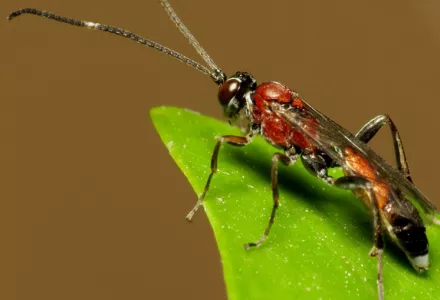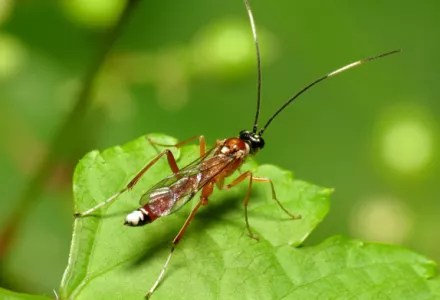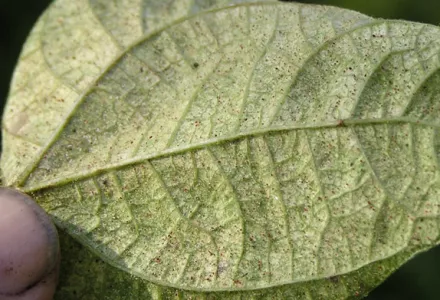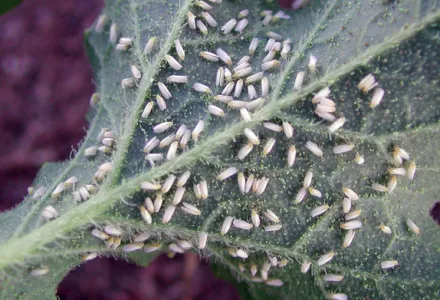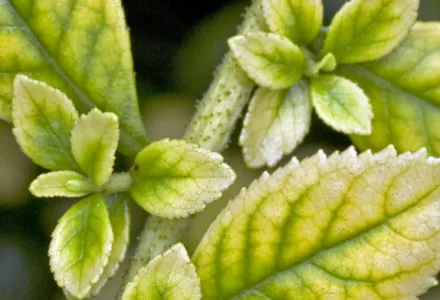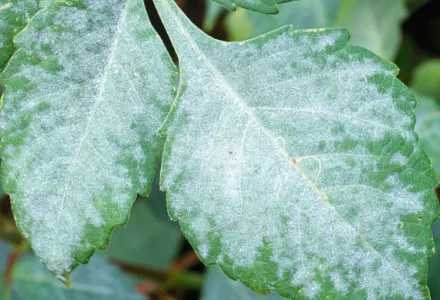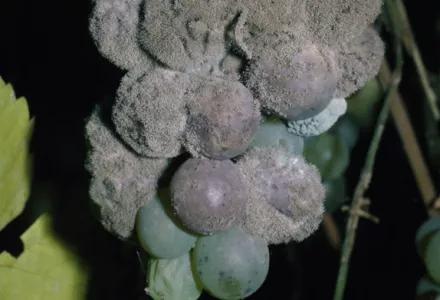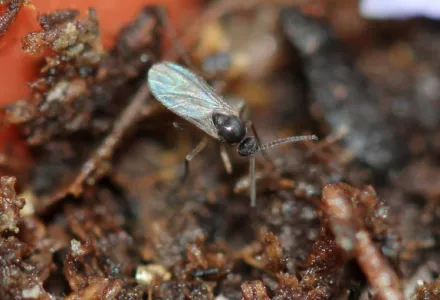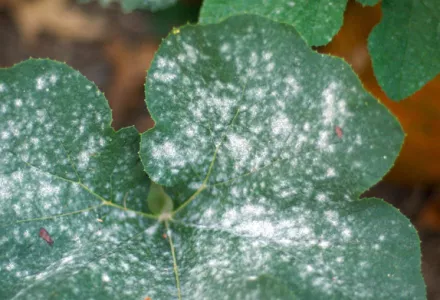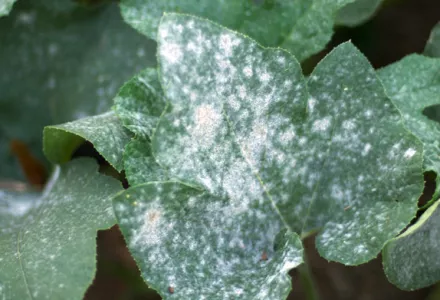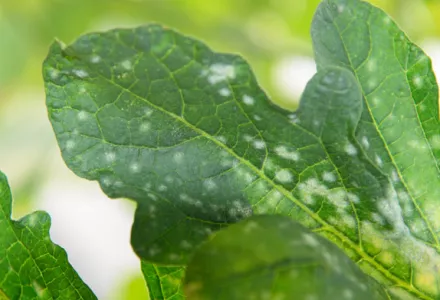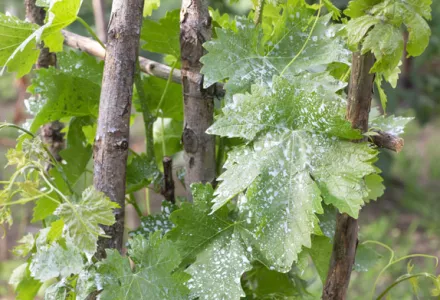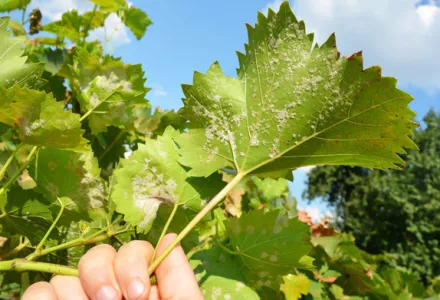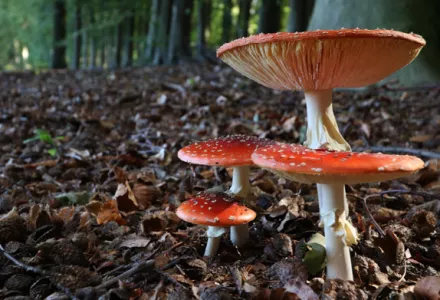A thrips is characterized by its small size and long flat shape. The adult thrips has four feathery wings. They can vary from gray to yellow or brown in color. Thrips are carriers of viruses, mainly of the genus Tospovirus. These viruses cause significant crop loss and they are incurable. Learn more about other pests such as aphids, fungus gnats, whiteflies and spider mites in our pests and diseases guide.
What are thrips in short
What are Thrips?
When we use the term thrips, we are referring to a wide group of insects of the order Thysanoptera.
What can you see?
Because certain toxic substances are present in the saliva of thrips, some deformations may occur in the shoots or flowers of affected plants.
What can you do about thrips?
Spray plants with ecological insecticides like potassium soap or plant extracts with pyrethrum.
Biological cycle of thrips
The first stage of the thrips’ life cycle is the egg, which will hatch much more quickly when temperatures are higher. The females lay the eggs within plant tissues. The larvae that emerge from the eggs feed on the surrounding tissues. One of the characteristics of these insects is that they make the transition fro pupa to adult in the soil or in lower leaves. The larvae live in the leaves, but as soon as they reach the appropriate stage of development, they fall to the ground or lower leaves where they live during the pre-pupal and pupal stages until a reproductive adult appears with fully developed wings. The whole life cycle lasts only a few weeks.

Symptoms of thrips
The feeding of the adult thrips is varied and based mainly on pollen, but the larvae feed on plant tissues and it is the larvae that are responsible for the majority of plant damage. The larvae suck the liquid from plant cells, mainly from the leaves, but also the petals, shoots and fruits. Early symptoms include an almost transparent or clear discoloration of the leaf with black dots (which correspond to fecal secretions). They have rasping – sucking mouth parts that look like combs and that make a soup from the tissue which is then sucked up. Usually the top layer of the tissue is undisturbed and a window or clear tissue is seen in the middle of the spotting.
Because certain toxic substances are present in the saliva of thrips, some deformations may occur in the shoots or flowers of affected plants. In cases of very severe infestation, the leaves may dry up entirely. At the same time, some thrips like Frankliniella occidentalis secrete a few drops of a substance when they are threatened by predators. These excretions contain decyl acetate and dodecyl acetate – pheromones that serve as a warning signal for other nearby thrips.
How to prevent thrips?
Because of the thrips’ ability to transmit viruses, it is important to monitor our crops for thrips and detect them as early as possible. The classic method for doing this is using adhesive traps. These traps are blue in color, since thrips are strongly attracted to blue. The traps should be examined every few days using a magnifying glass to see if any thrips (usually winged adults) have become stuck to them.

Solutions to control thrips
If you detect thrips, appropriate treatments need to be administered to minimize the risk of an infestation. These treatments include ecological insecticides like potassium soap or plant extracts with pyrethrum, where these are allowed by law. Plants must be sprayed thoroughly all over because the thrips will take refuge under the veins of the leaves, making it difficult for the insecticide to come into contact with all the insects.
It is also possible to use entomophagous fungi to combat thrips. Beauveria bassiana is one of the fungi typically used to combat thrips. Also be sure to clean up and remove any plant or soil residues on the floor or tables.

